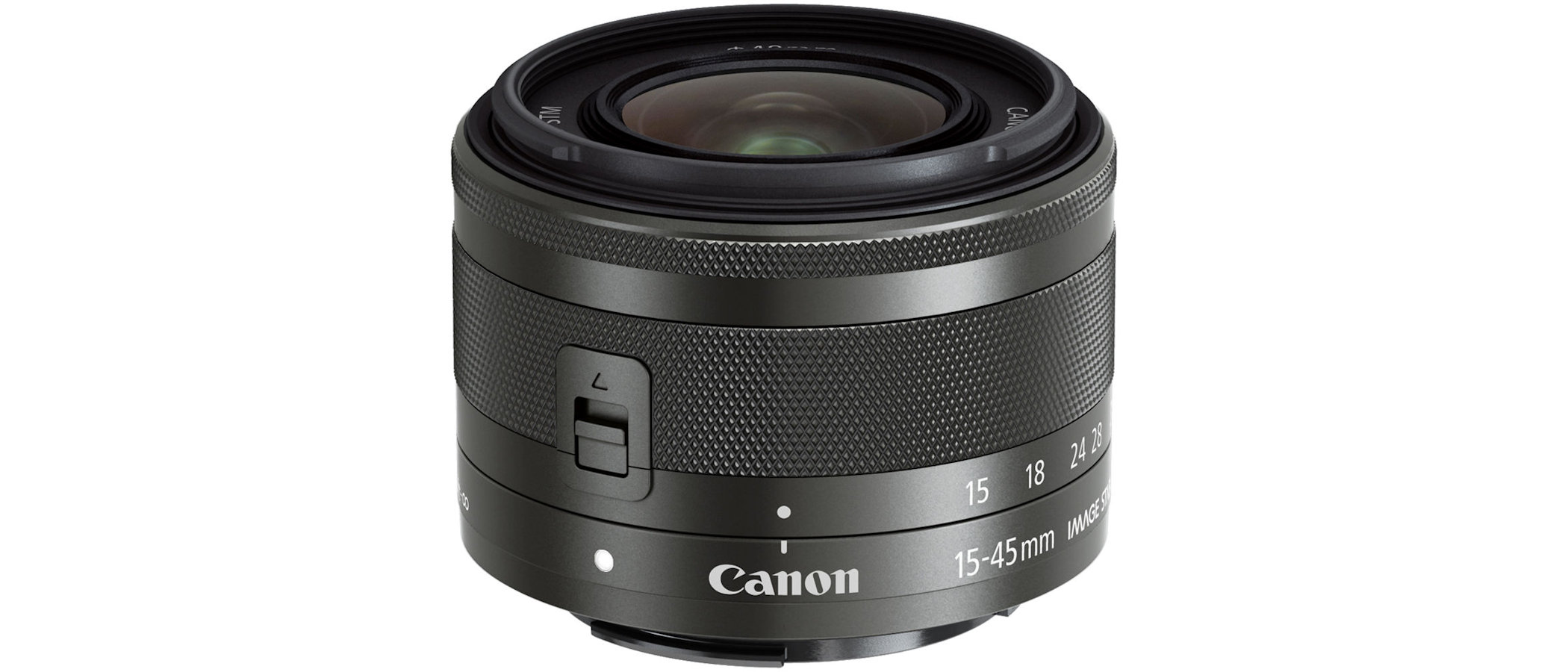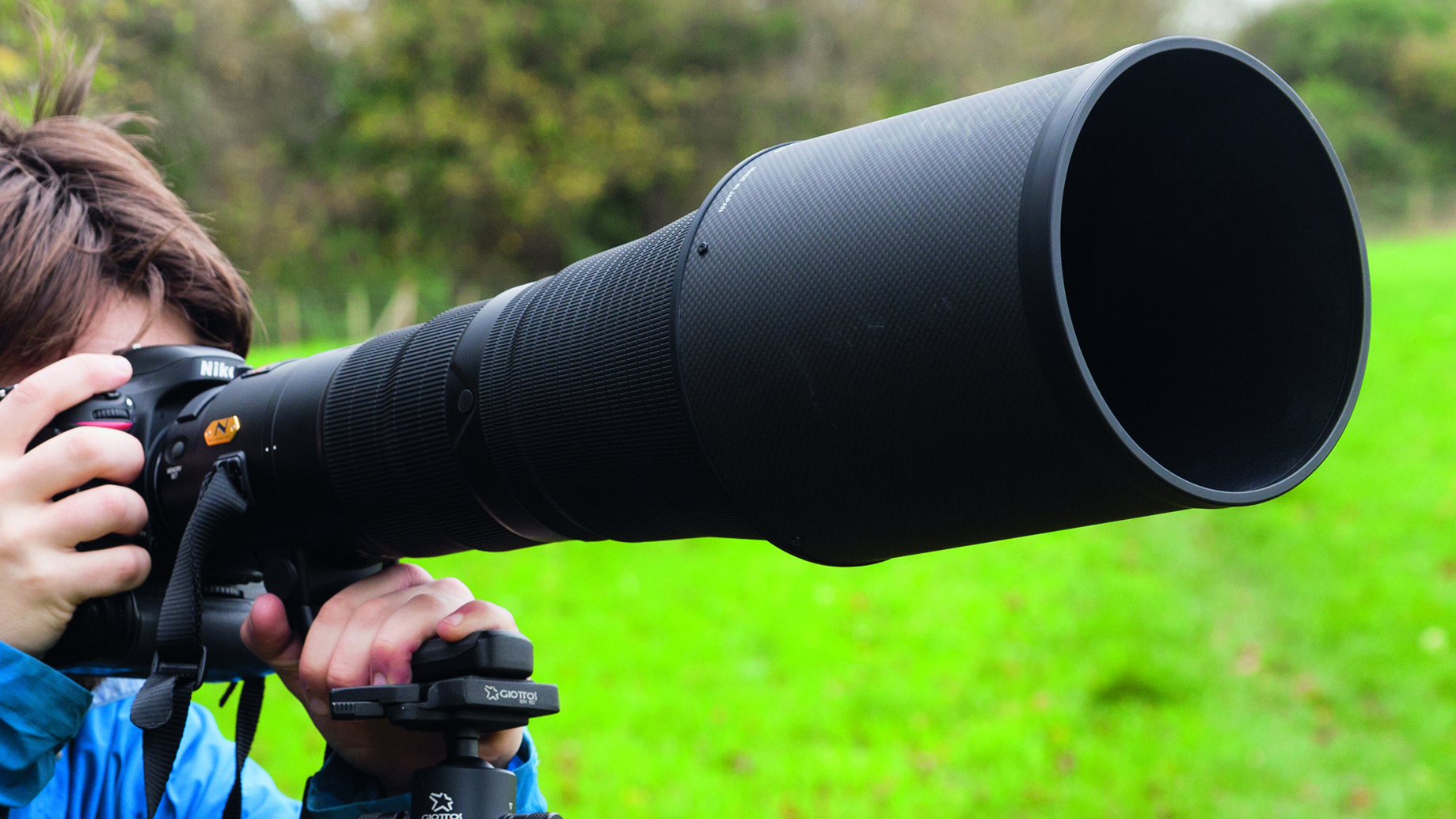Digital Camera World Verdict
Ideal as a walkabout or travel lens, this standard zoom retracts to just 46mm in length for easy stowage and weighs a mere 130g. It has a high-quality, precision feel and delivers a useful effective zoom range of 24-72mm in full-frame terms. Sharpness is generally ‘acceptable’ rather than inspiring but overall image quality and performance are satisfying, making it a no-brainer for Canon EOS M system cameras.
Pros
- +
Compact retractable design
- +
Very lightweight
- +
Generous maximum viewing angle
Cons
- -
Sharpness could be better
- -
Lens hood sold separately
Why you can trust Digital Camera World
Available in graphite or silver color options, the Canon EF-M 15-45mm f/3.5-6.3 IS STM is often sold as a kit lens with EOS M system APS-C format mirrorless system cameras. It’s naturally also available to buy separately as well, and its compact, retractable and featherweight design make it perfect as a go-anywhere lens.
Specifications
Mount: Canon EF-M
Full-frame: No
Autofocus: Yes
Stabilization: Yes
Lens construction: 10 elements in 9 groups
Angle of view: 84.5-33.7 degrees
Diaphragm blades: 7
Minimum aperture: f/22-40
Minimum focusing distance: 0.25m
Maximum magnification ratio: 0.25x
Filter size: 49mm
Dimensions: 61x45mm
Weight: 130g
Key features
Part of the weight-saving is due to the lens having a plastic rather than metal mounting plate but it should prove perfectly durable. As usual with Canon lenses that aren’t in the esteemed L-series line-up, the hood is sold separately, so that’s one ‘feature’ you don’t get in the box.
The optical path includes one GMo (Glass Molded) and two PMo (Precision Molded) aspherical elements in a total count of ten, which further helps to keep the size down as well as aiming to enhance sharpness and reduce distortions and chromatic aberrations.
The shortest focal length gives the same maximum viewing angle as a 24mm lens on a full-frame camera, which is more generous than usual for an APS-C format standard zoom.
Autofocus is based on a lead-screw-type stepping motor which enables brisk performance for stills as well as smooth focus transitions when shooting video, along with near-silent operation. Optical image stabilization is included and very worthwhile, considering that EOS M system bodies don’t have in-body stabilizers.
Performance
Autofocus works well and proved consistently accurate in our tests. Manual focusing is a bit fiddly because, despite being electronically coupled and working smoothly, the control ring itself is very narrow. We found image stabilization to be worth around 3.5 stops. Outright sharpness is a bit lackluster in places but, overall, the lens is capable of delivering very pleasing results.
Lab results
We run a range of lab tests under controlled conditions, using the Imatest Master testing suite. Photos of test charts are taken across the range of apertures and zooms (where available), then analyzed for sharpness, distortion and chromatic aberrations.
We use Imatest SFR (spatial frequency response) charts and analysis software to plot lens resolution at the center of the image frame, corners and mid-point distances, across the range of aperture settings and, with zoom lenses, at four different focal lengths. The tests also measure distortion and color fringing (chromatic aberration).
Sharpness:
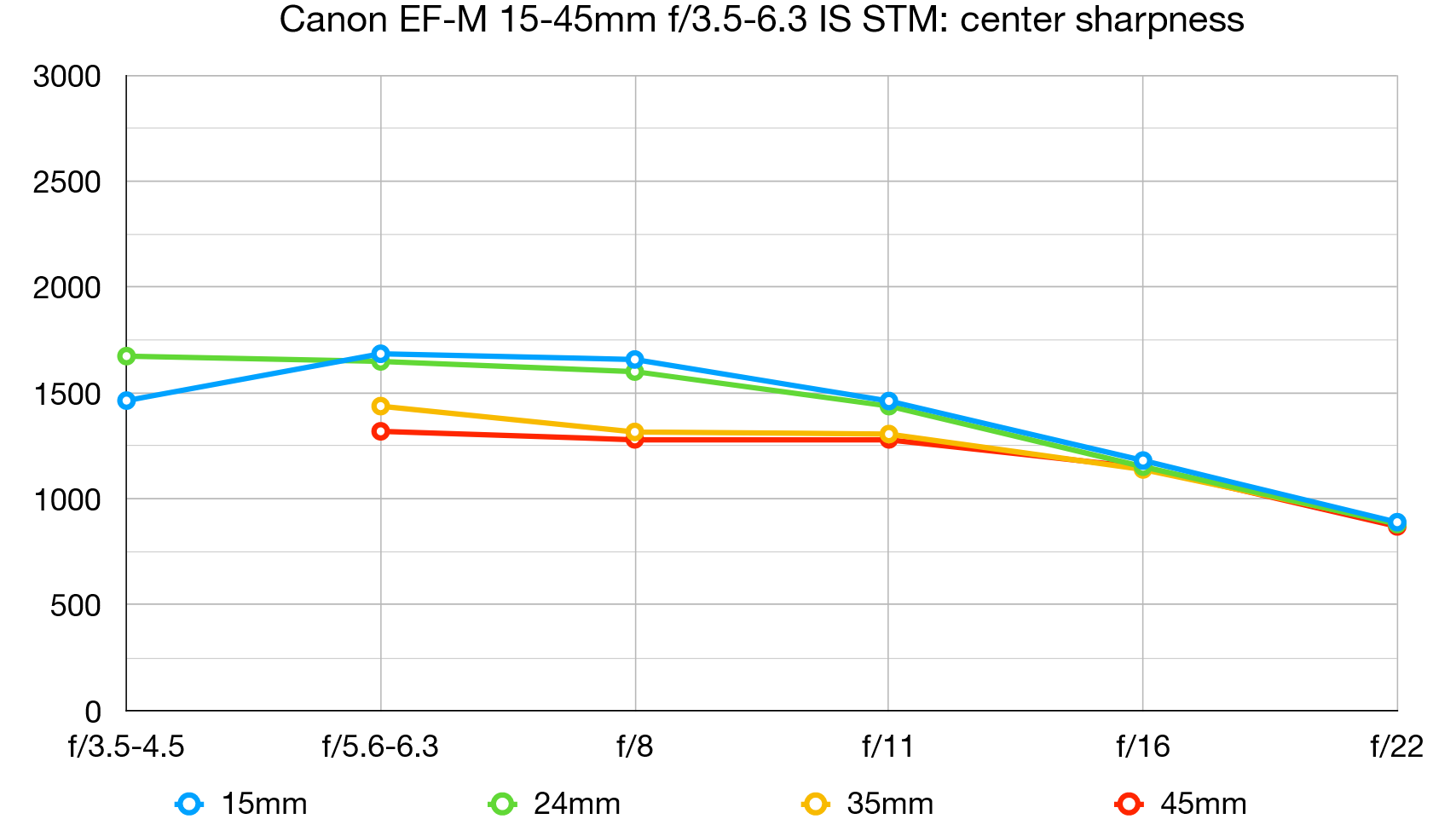
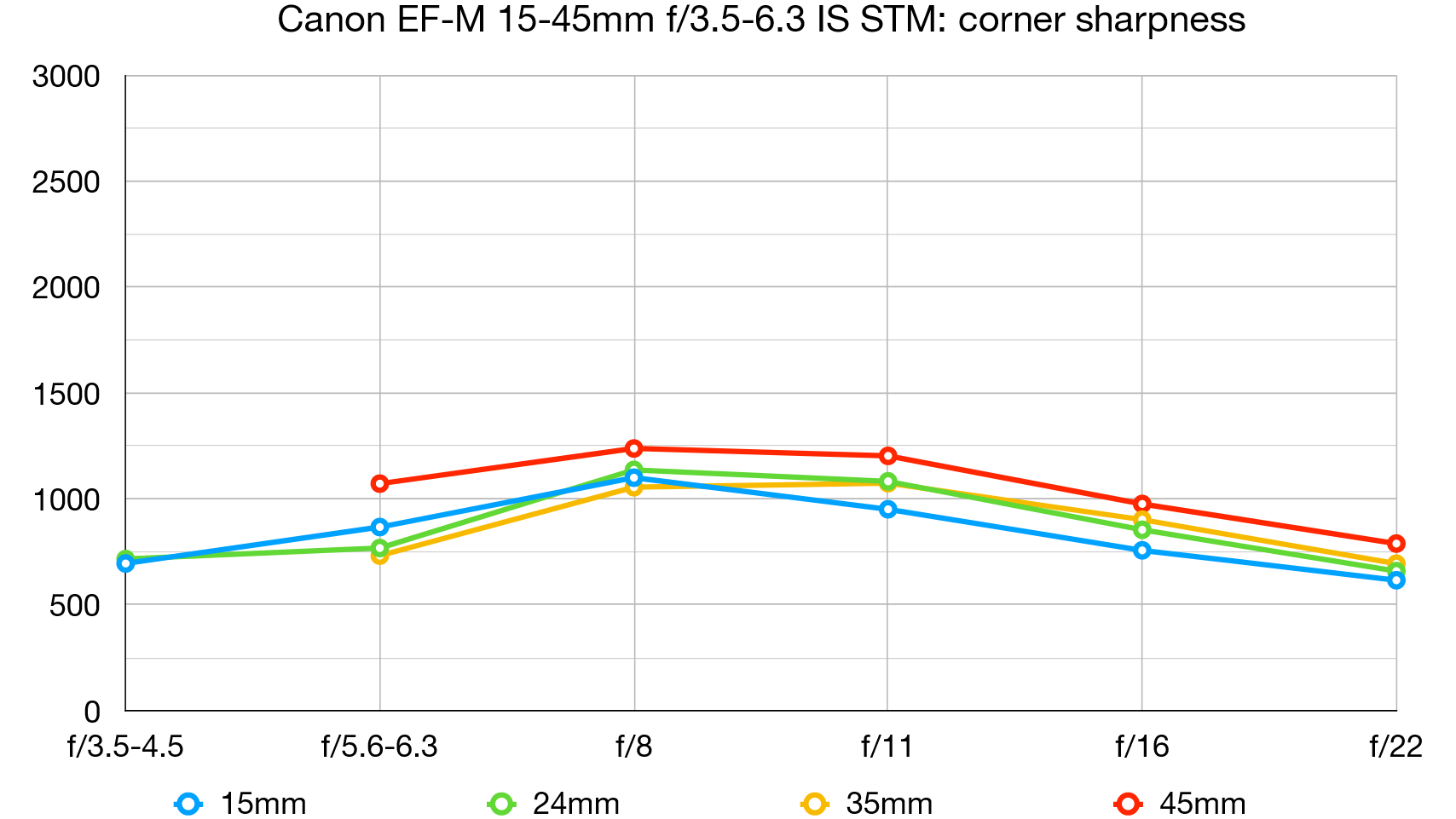
Center-sharpness is fairly good through most of the zoom range although it drops off a bit at the long end. At short to medium zoom settings, edge/corner sharpness is a bit poor at apertures of f/5.6 and wider.
Fringing:
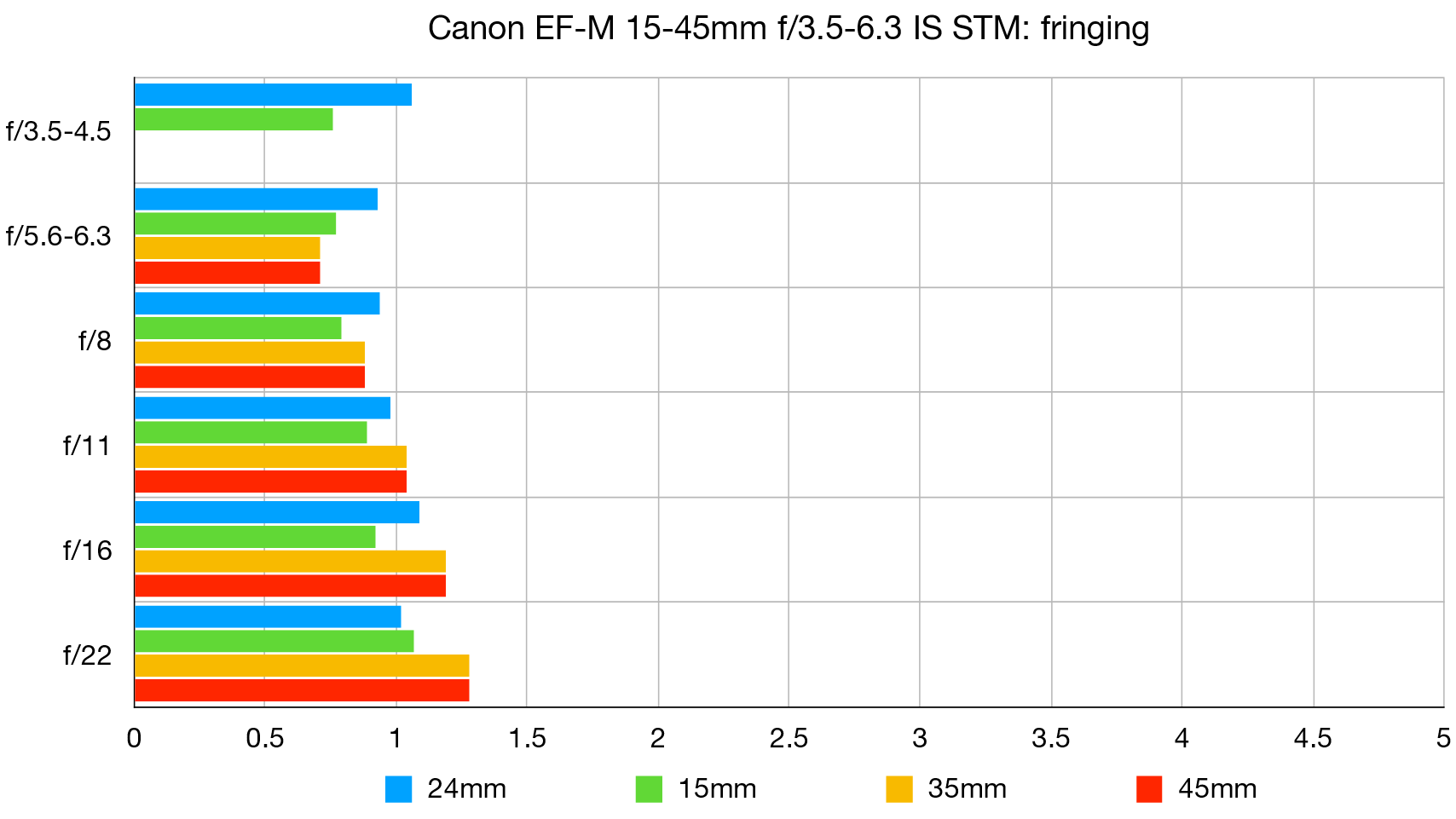
There’s only very little color fringing at the shortest focal length and it gets even less as you extend through the zoom range.
Distortion:
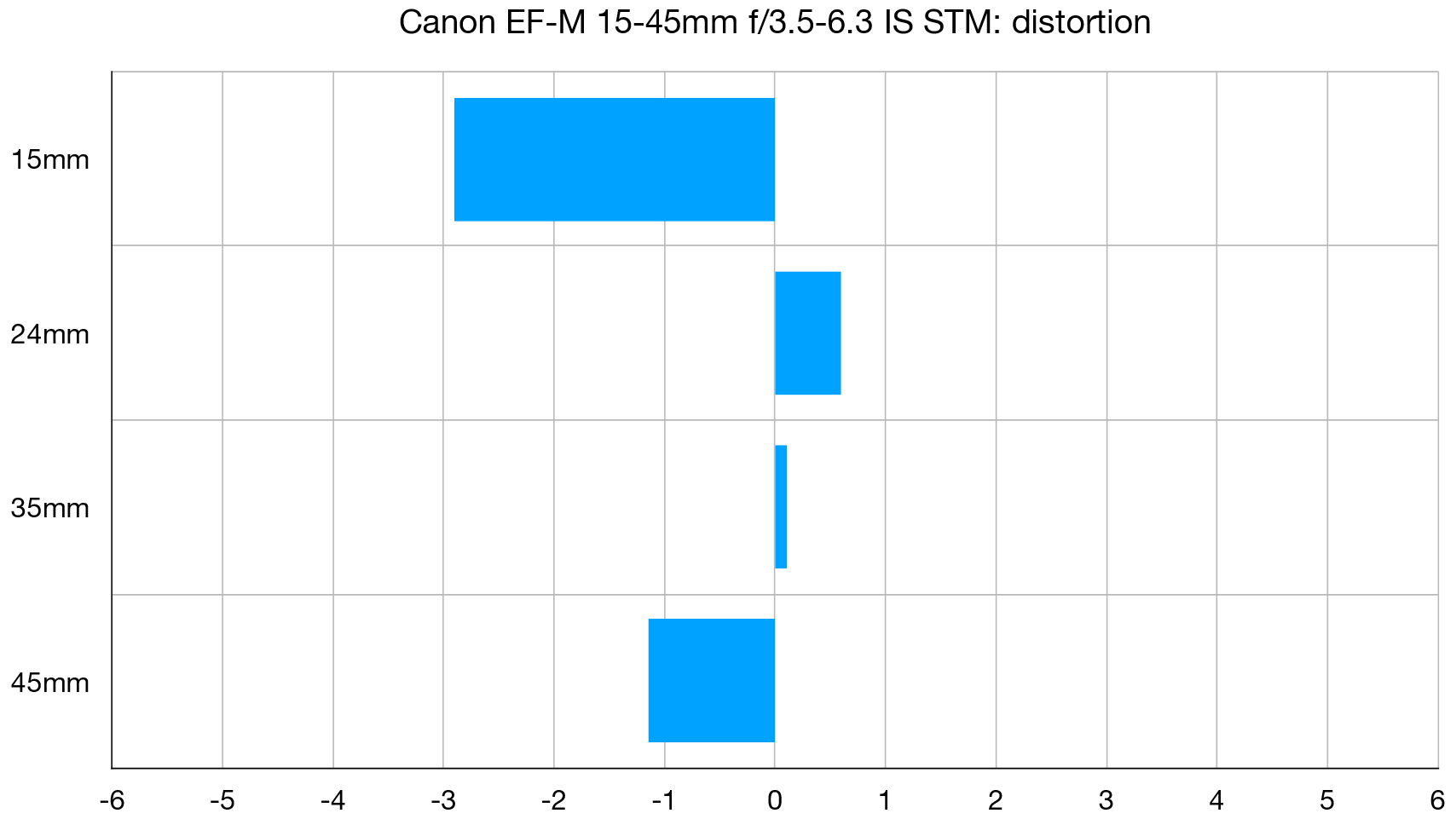
Barrel and pincushion distortion can be noticeable at the short and long end of the zoom range respectively but the lens does much better in this respect than many more recent designs for mirrorless cameras.
Verdict
Ideal as a walkabout or travel lens, this standard zoom retracts to just 46mm in length for easy stowage and weighs a mere 130g. It has a high-quality, precision feel and delivers a useful effective zoom range of 24-72mm in full-frame terms. Sharpness is generally ‘acceptable’ rather than inspiring but overall image quality and performance are satisfying, making it a no-brainer for Canon EOS M system cameras.
Read more:
• Best camera lenses to get
• Best Canon lenses
• Best Nikon lenses
• Best Sony lenses
Matthew Richards is a photographer and journalist who has spent years using and reviewing all manner of photo gear. He is Digital Camera World's principal lens reviewer – and has tested more primes and zooms than most people have had hot dinners!
His expertise with equipment doesn’t end there, though. He is also an encyclopedia when it comes to all manner of cameras, camera holsters and bags, flashguns, tripods and heads, printers, papers and inks, and just about anything imaging-related.
In an earlier life he was a broadcast engineer at the BBC, as well as a former editor of PC Guide.
